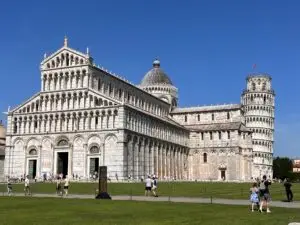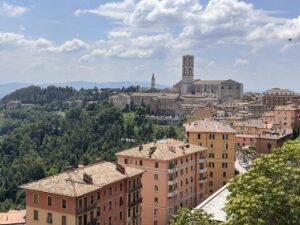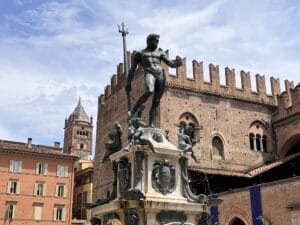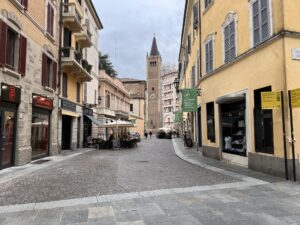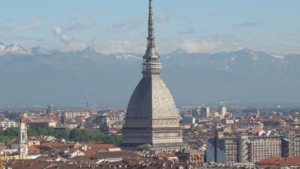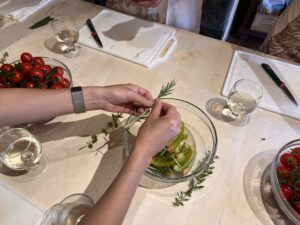
Blog
Ultimate Day Trip to Cortona Italy: Best Places to Visit, Eat, and Stay in Tuscany’s Hidden Gem
Read More »
November 5, 2024
No Comments
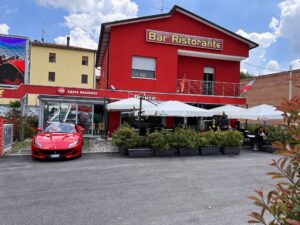
Blog
Visiting Ferrari and Lamborghini Museums in Modena Italy: The Ultimate Guide for Car Enthusiasts
Read More »
October 30, 2024
4 Comments

